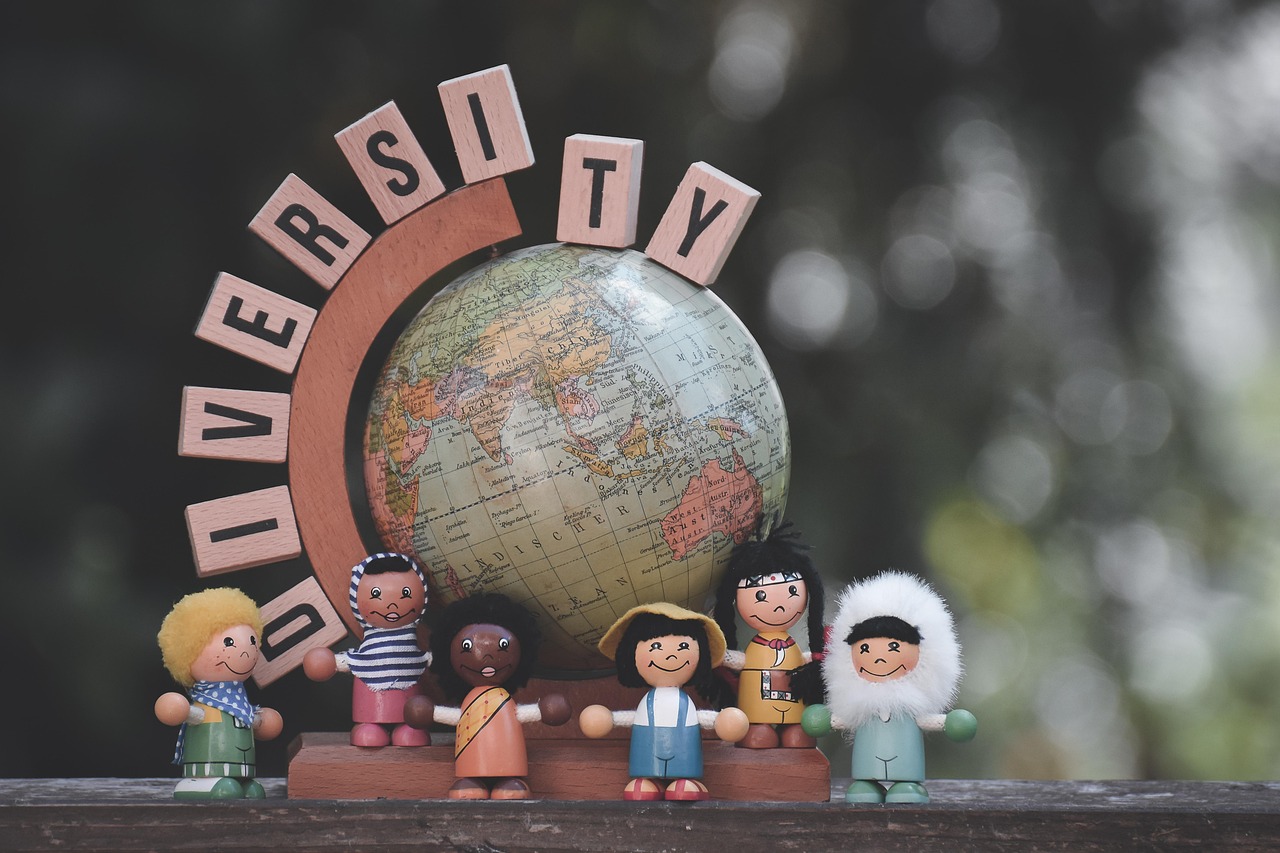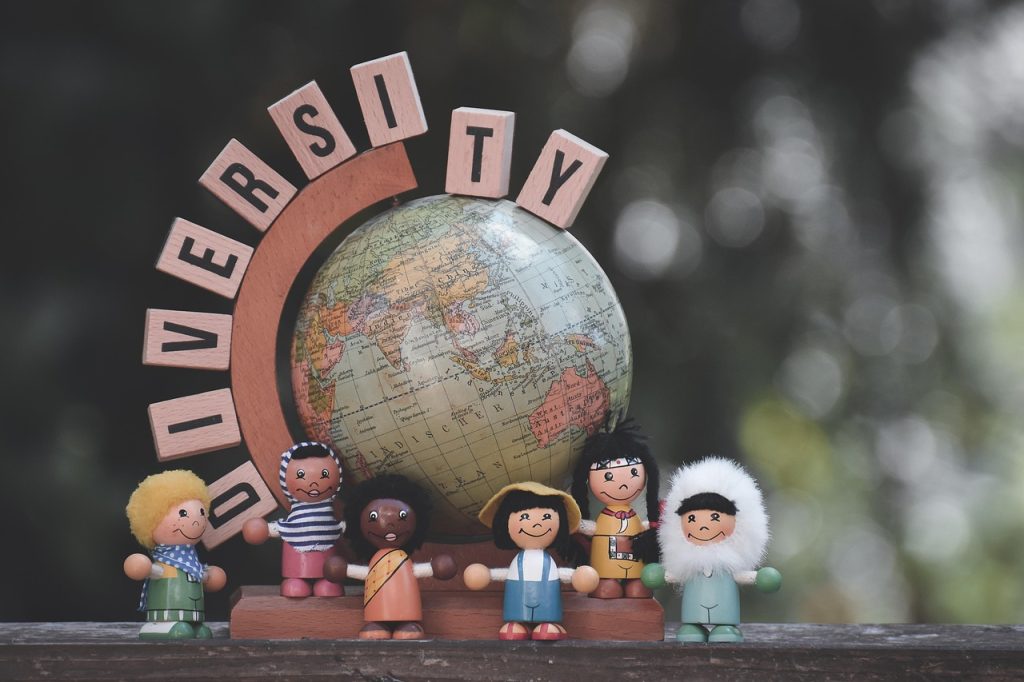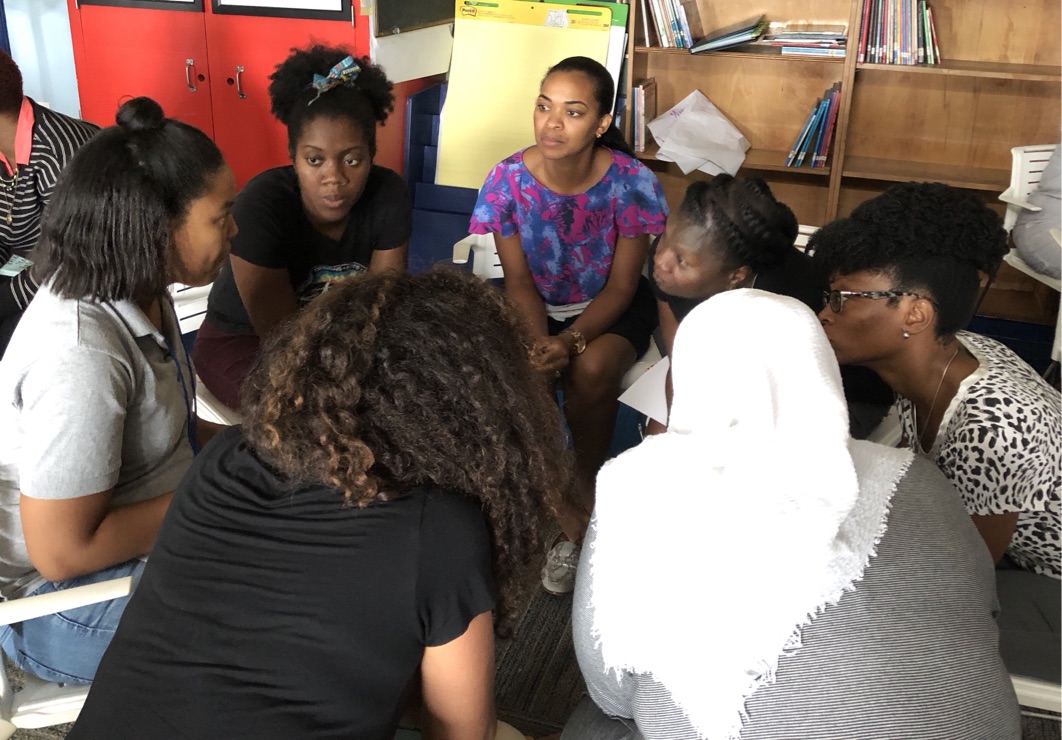

By Akwang Winfred (Legal Billionaire)
Cultural diversity refers to the variety of identities, traditions, and expressions within a social setting — such as differences in language, cuisine, traditional clothing, beliefs, and practices. In today’s increasingly interconnected world, embracing cultural diversity and promoting inclusion are essential for building stronger communities, inspiring innovation, and driving sustainable development.
🌍 The Benefits of Embracing Cultural Diversity
Understanding and valuing different cultures leads to richer, more resilient societies. Here are key benefits of embracing diversity and inclusion:
- Innovation and Creativity: Diverse cultures bring a wealth of perspectives, experiences, and ideas that fuel creativity and problem-solving across sectors.
- Economic Growth: A multicultural and inclusive workforce attracts talent, enhances employee satisfaction, and contributes to economic productivity.
- Cultural Enrichment: Exposure to different customs, worldviews, and traditions expands our understanding of the world and deepens our human connections.
💡 Why Inclusion Matters
While diversity is about representation, inclusion is about participation and belonging. Here's why it’s equally important:
- Sense of Belonging: Inclusion fosters a welcoming environment where all individuals feel valued, respected, and accepted.
- Breaking Stereotypes: Inclusive practices help challenge biases and dismantle harmful stereotypes, encouraging empathy and openness.
- Social Cohesion: When everyone is included, communities thrive. Inclusion builds bridges, strengthens trust, and nurtures unity among people from different backgrounds.
🛠️ How to Promote Cultural Diversity and Inclusion
Promoting cultural diversity and inclusion is a shared responsibility. Here’s how we can take action:
- Education and Awareness: Teaching people about different cultures and the importance of inclusion helps break down ignorance and fear.
- Diverse Representation: Ensuring fair representation in leadership, media, education, and public life challenges stereotypes and promotes equity.
- Inclusive Policies: Creating laws and institutional practices that embrace diversity fosters environments where everyone has equal opportunity to thrive.
✅ Recommendations
To move from intention to action, here are some practical ways to support diversity and inclusion:
- Celebrate Differences: Host and participate in cultural events that honor the richness of various traditions and identities.
- Foster Inclusive Environments: Create workplaces, schools, and communities that are safe, respectful, and inclusive of all.
- Support Diversity Initiatives: Invest in programs that promote diversity, such as cultural exchange projects, diversity training, and inclusive hiring.
🧭 Conclusion
Cultural diversity and inclusion are not just moral imperatives — they are catalysts for growth, unity, and innovation. By embracing our differences and ensuring that everyone has a seat at the table, we can build a more vibrant, creative, and prosperous society for all.








